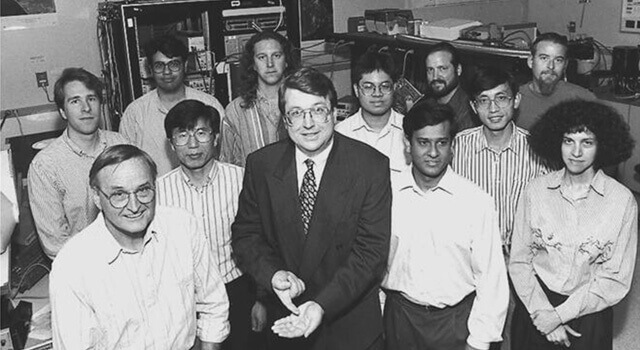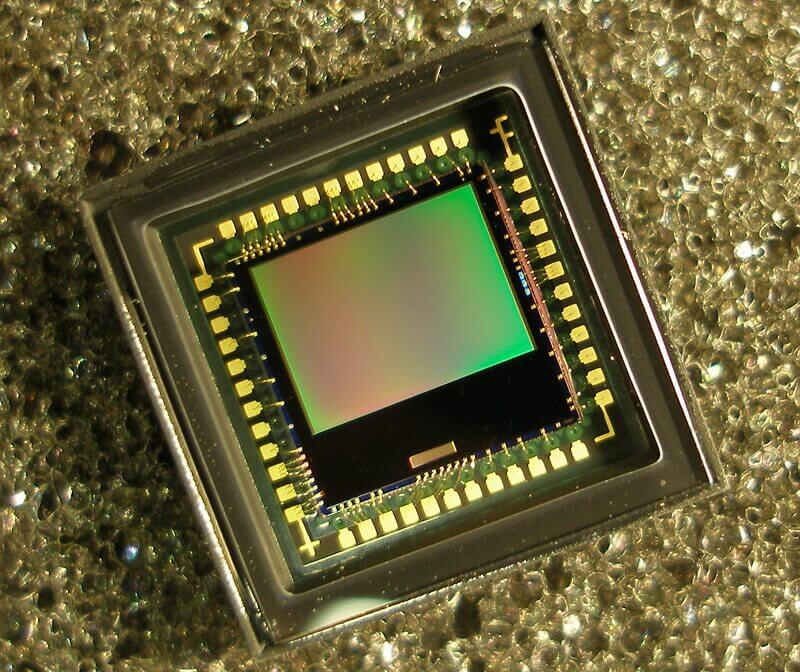



The complementary metal oxide semiconductor (CMOS) image sensor, invented by a NASA engineer and his team, became the Space Agency’s single most ubiquitous spinoff technology, dominating the digital imaging industries and enabling cell phone cameras, high-definition video, and social media as we know it. CMOS image sensors allow for much smaller, more energy-efficient cameras than competing charge-coupled device technology, which they have almost completely supplanted.
The images NASA captures of distant galaxies, astronomical events, newly discovered stars and more are often breathtaking—and scientifically groundbreaking. The technology used to capture these images has evolved greatly over the years, and in the 1990s a NASA engineer succeeded in building a new kind of sensor, using a complementary metal oxide semiconductor, that had stymied attempts for decades before. It is small, requires very low power, and is highly efficient—excellent for space missions and here on Earth.
Learn more about how NASA helped develop technology that impacts digital cameras within your home's living room environment!